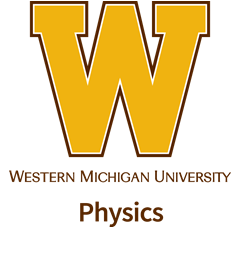Speaker
Dr
Muhammet Fatih Hasoglu
(Hasan Kalyoncu University)
Description
As a part of an ongoing theoretical atomic physics and laboratory astrophysics research program at WMU, we have calculated highly accurate atomic photoabsorption cross sections using the most robust theoretical methods available. These include the widely used Belfast R-matrix, C. F. Fischer's MCHF, and Strathclyde AUTOSTRUCTURE computer program packages, and are further optimized to treat all additional relevant inner-edge atomic effects (e.g., Auger and radiative damping, orbital relaxation effects, pseudorbitals, etc.) To date, atomic C, O, Ne, and Mg, in neutral and ionized forms, have been studied in great detail, combining R-matrix and MCHF analyses with experimental measurements and X-ray observations. These final calibrated atomic data provide reliable absorption models for interpreting interstellar X-ray absorption spectra, as will be discussed.
Present X-ray absorption studies of interest are now focused on the heavier, more complicated third-row atomic systems. These include the Si K-edge region ($\approx$1.85 keV), where the theoretical atomic photoabsorption cross section is needed for a better understanding of the observed near-threshold Chandra spectrum (Corrales, et al. 2016). Another important third-row system is atomic Fe, with L-edge photoabsorption peaking near the fine-structure-split $3p^{-1}(^2P_{3/2})$ and $3p^{-1}(^2P_{1/2})$ thresholds at $\approx 710$ and $720$ eV. Therefore, computing reliable R-matrix data for this region requires a relativistic treatment beyond our previous s-vacancy calculations.
Author
Dr
Muhammet Fatih Hasoglu
(Hasan Kalyoncu University)
Co-author
Prof.
Thomas Gorczyca
(Western Michigan University)

